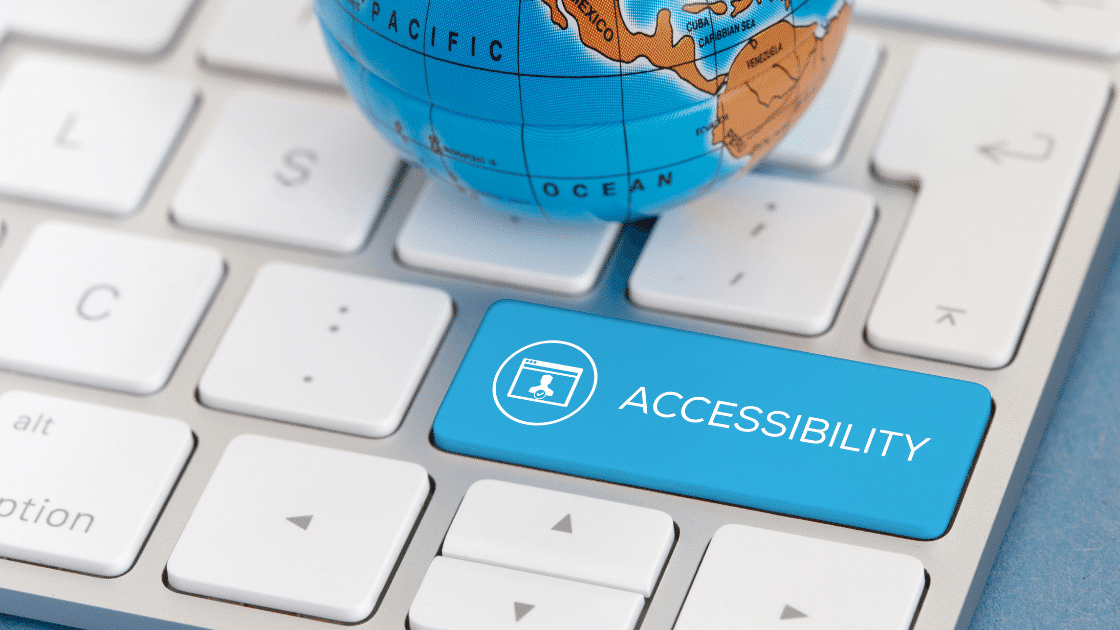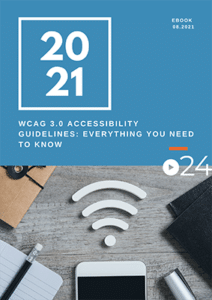Video captions for education is easier then ever. The use of video has become a…

Neurodiversity for Education and Professional Benefit
Neurodiversity for education and professional benefit is a relatively new subject that is gaining steam. It is a perspective that normalizes brain differences between students and employees rather than viewing them as deficits. This viewpoint can help reduce the stigma associated with thinking and learning differences. In this view, conditions such as Autism and ADHD are not viewed as deficits or abnormal. Rather, they are simply natural variations of the human brain that some people may be born with.
What is Neurodiversity for Education and Professional Benefit?
It is vital to fully understand what is neurodiversity because one in five children in the United States have learning or attention issues including ADHD and dyslexia. The mainstream discourse describes these conditions as “abnormal” or “deficient.” However, the concept of neurodiversity takes an accepting and normalizing approach to these conditions. This perspective not only emphasizes the need for accessibility solutions but also dismisses the notion of “curing” these conditions in favor of accepting them as natural differences.
Along these lines, efforts must be made to accommodate neurodiversity for education and professional application rather than striving to “cure” them. A surefire strategy to accomplish this is to implement a robust caption and transcription program that all students will benefit from.
How Captions and Transcripts Can Accommodate Neurodiversity In Education
Captions and transcripts are essential in accommodating neurodiversity. As technology and education integrate further, accessibility solutions are vital to assist neurodiverse students as well as enhance learning experiences for the overall student body. As such, captions and transcripts can
Learning Differences in the Classroom
Slower learners benefit from the increased retention and visibility of material that these solutions provide. Numerous studies have indicated the substantial benefits that captions can have with developing and strengthening reading skills of students with learning differences. These include reading speed and fluency, vocabulary acquisition, word recognition, and comprehension of material.
Don’t just take our word for it, a captioning study conducted at Oregon State University researched the use of captions and transcripts by students to assist in their studies. The top two reasons were focus and the retention of information. It is clear that captions and transcripts not only assist those with learning differences but also helps the overall student body with their studies.
Equal Opportunity to Succeed

With a single instructional method or strategy, many people may get left behind simply because of their learning differences. However, an approach such as the Universal Design for Learning tackles these issues and gives students equal opportunities for success.
Whether it be giving directions through audio or videos giving tutorials to students, media and technology have become an integral part of education. Having said that, neurodiverse students may have trouble keeping up with their classmates and require resources to succeed in the classroom and beyond.
Take for example a video tutorial on a mathematics subject that is prescribed to students to review for an upcoming quiz. Many students will succeed in understanding and implementing the video’s material. However, neurodiverse students may have trouble without the appropriate resources to assist them. Captions and transcripts play a critical role in this equalization of opportunity as education and technology integrate further.
Focus on the Positive
Much of the mainstream discourse describes neurodiverse conditions in an overwhelmingly negative light. Words and phrases like “educationally handicapped,” “disabled,” or “debilitated” emphasize the negative. However, neurodiversity takes a “glass-half-full” perspective. It emphasizes the differing and enriching perspectives, qualities, and attributes that neurodiverse students may have. This is especially important as it supports the emotional health of neurodiverse students by encouraging the development of positive views of themselves.
Overall, neurodiversity stresses the significance of inclusion and the positive contributions these students can bring to a classroom. We have all heard of the benefits of having a diverse array of perspectives when tackling a business project or social issue. Much of the same can be said about the classroom environment that students experience every day. Including neurodiverse students not only supports their academic and social success but it also exposes other students to different life experiences and perspectives. Empathy, compassion, and collaboration are only a few of the many benefits of neurodiversity that other students may find.
Professional Benefits of This Perspective
Neurodiverse people experience discrimination that extends to employment and opportunities. Around 80% of the neurodiverse population is unemployed. However, many of these people retain skills and qualities that employers are actively recruiting and hiring for.
In fact, there is some evidence that neurodiverse people have certain enhanced qualities that can translate into productive employees. For example, those with autism have shown exceptional attention to detail and good memory. These qualities can be assets for certain jobs such as computer programming or music.
Companies that implement a neurodiversity program have seen an array of benefits. Finding and hiring talent with specific skillsets is just the tip of the iceberg. Productivity, innovation, and communication can also be greatly improved through neurodiversity programs. Many companies including Microsoft, EY, and Ford have rectified their hiring processes to better access and accommodate neurodiverse talent.



